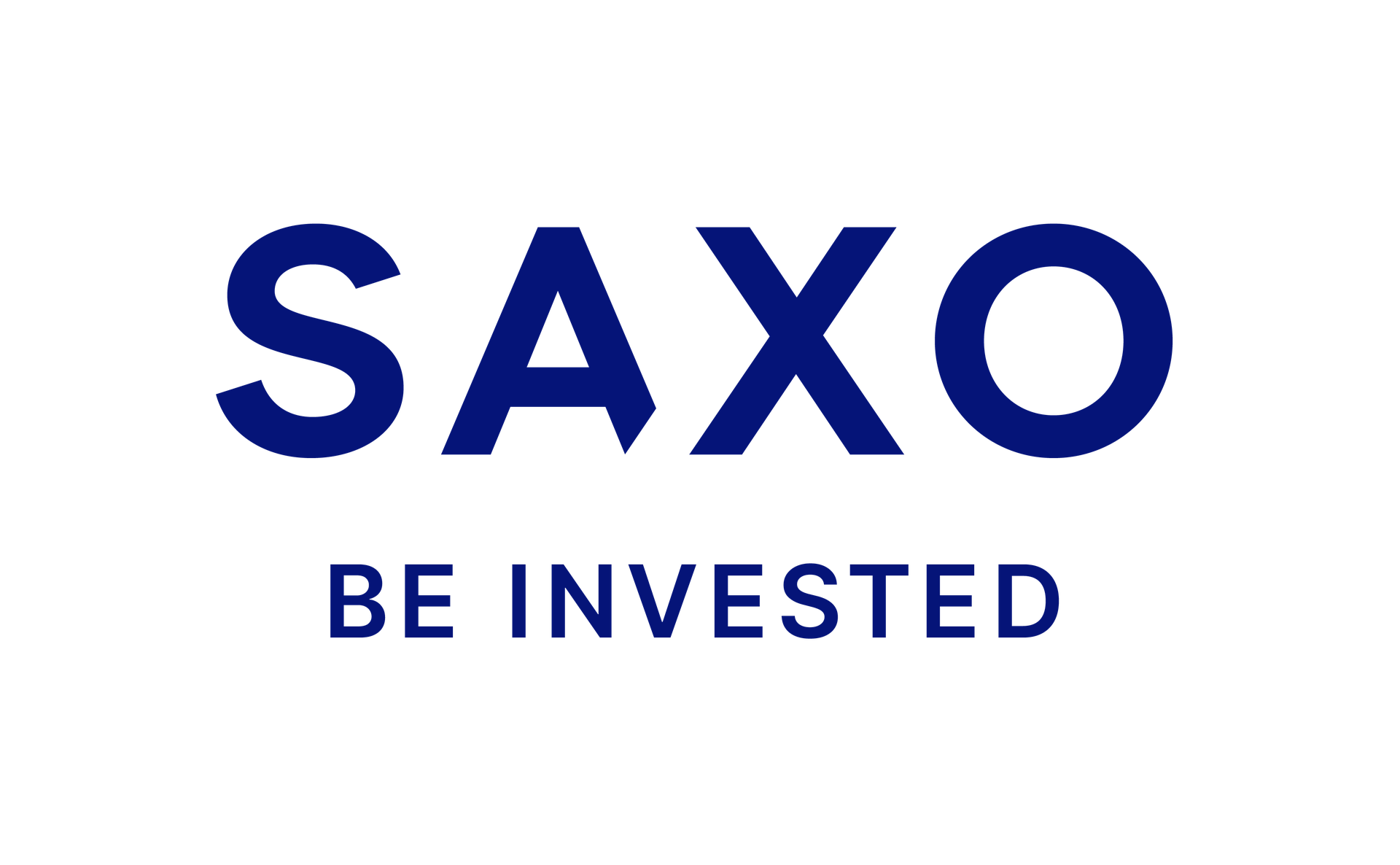Share this @internewscast.com
Last year, we looked at a small mine developer with big ambitions. In the nine months since, the story of Zanaga Iron Ore has gained a new dimension – enough, I thought, to warrant an update.
Zanaga recently outlined an ambitious new development strategy aimed at unlocking billions of dollars in additional value from its flagship project in the Republic of Congo.
Following its break from mining giant Glencore and a fresh injection of capital, the company is pushing ahead with a series of technical workstreams that analysts believe could boost the project’s net present value (NPV) by more than $4 billion.
The timing is notable. With a 6.9 billion-tonne resource already permitted for mining, Zanaga has long been seen as a sleeping giant in the iron ore world.
But with heavyweight backers now on board – including former Anglo American and Xstrata bosses – the mood has shifted from cautious optimism to active reappraisal.
At the heart of Zanaga’s new approach is a pivot to premium, low-carbon iron ore products, particularly those suited to direct reduction iron (DRI) steelmaking. This cleaner method of steel production avoids the high emissions of traditional blast furnaces and is becoming increasingly popular.
As Panmure Liberum’s analysts put it: ‘ZIOC [Zanaga] estimates that if the production of direct reduction iron spec concentrate from Zanaga ore can be confirmed, this has the potential to add up to US$6 billion to the NPV of the project.’
Initial lab results are expected in the second quarter of this year, with bulk and pilot-scale testing potentially beginning by the end of 2025.

At the heart of Zanaga’s new approach is a pivot to premium, low-carbon iron ore products, particularly those suited to direct reduction iron (DRI) steelmaking
Zanaga is pursuing four key initiatives to enhance value. Alongside the DRI work, the company is exploring the feasibility of building a pellet plant—a move that could benefit from the Republic of Congo’s ample gas and electricity supply. Analysts believe this alone could add $1 billion to the project’s value.
The third focus area is a redesign of the logistics infrastructure. Instead of developing two separate pipelines – one to support production of 12 million tonnes per annum (mtpa) and another for 18mtpa -Zanaga is now considering a single, larger 30mtpa pipeline from day one. This would avoid the cost and delay of a second permitting process, while simplifying long-term operations.
The final pillar is tailings management. The company is shifting from a traditional wet tailings storage facility to a dry-stack system, which could reduce operating costs, shrink the environmental footprint, and offer a safer overall design.
According to an updated feasibility study from April 2024, Zanaga already has an after-tax NPV of between $1.9 billion and $3.8 billion, assuming a benchmark iron ore price of $115 per tonne. If the proposed improvements are successful, Panmure believes the economics could become even more compelling.
In a sector increasingly focused on decarbonisation, Zanaga’s shift to high-grade products and more efficient infrastructure looks well timed. ‘The ‘green steel’ push into lower-carbon electric arc furnace production is driving a shift to higher grade iron ore products,’ Panmure wrote, noting that advances in ore processing could help the company meet DRI specifications.
Much, of course, depends on successful test results and Zanaga’s ability to secure strategic partners. Discussions are already under way to assemble a construction consortium. With a strengthened leadership team – including several veterans of major mining groups – the company is aiming to get the drill rigs whirring.
It’s early days, but the message from Panmure Liberum is clear: Zanaga now has the means, market conditions and backing to turn a long-stalled mega-project into a serious contender in the global iron ore game.
It’s interesting, then, that the market reaction has been muted, though this is more a reflection of AIM’s current malaise than of the business’s potential.
What has changed is meaningful. The team has experience managing large-scale projects like Zanaga and brings with it a network of industry contacts. More importantly, it has already demonstrated the ability to raise growth capital, which no small feat in the current environment.
As progress continues, investors may begin to take notice, particularly in a global commodities market that is becoming more protectionist, and where projects of this scale are increasingly rare.
That said, a few cautionary notes. Readers should always do their own due diligence; I can only present the story as laid out. A deeper dive is always wise.
Zanaga is no sure thing. Mining and exploration are inherently risky, and political factors can quickly derail even the best-laid plans. The wider geopolitical climate is far from reassuring.
Still, Zanaga has the makings of a strong contender. It’s one worth keeping tabs on.
For all the latest, breaking small- and mid-cap news go to www.proactiveinvestors.co.uk
DIY INVESTING PLATFORMS
AJ Bell

AJ Bell
Easy investing and ready-made portfolios
Hargreaves Lansdown

Hargreaves Lansdown
Free fund dealing and investment ideas
interactive investor

interactive investor
Flat-fee investing from £4.99 per month
Saxo

Saxo
Get £200 back in trading fees
Trading 212
Trading 212
Free dealing and no account fee
Affiliate links: If you take out a product This is Money may earn a commission. These deals are chosen by our editorial team, as we think they are worth highlighting. This does not affect our editorial independence.
Compare the best investing account for you











